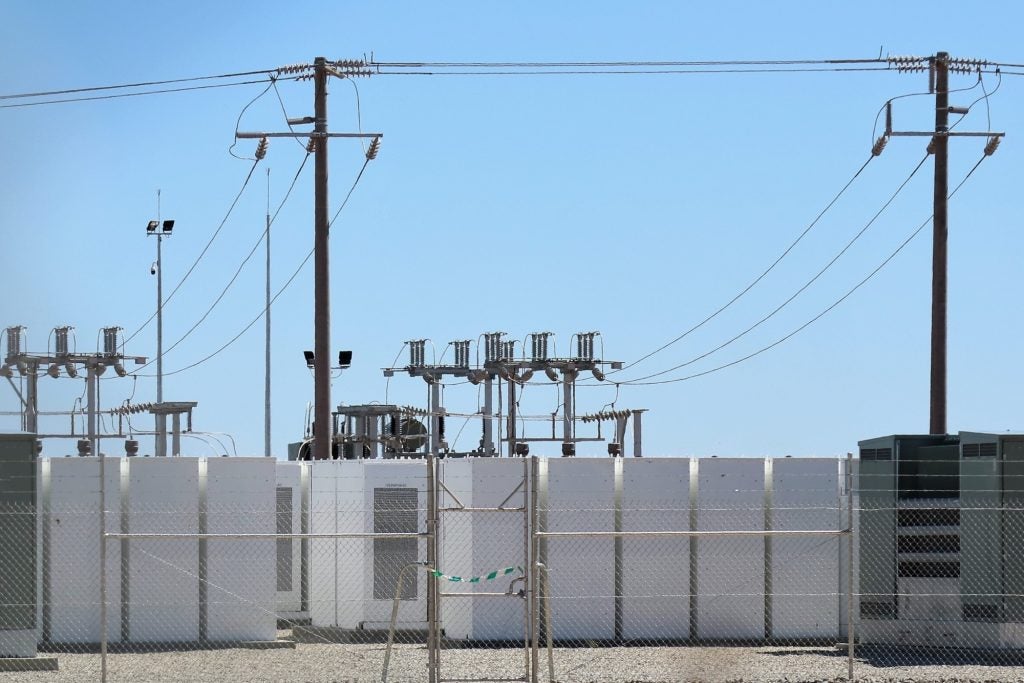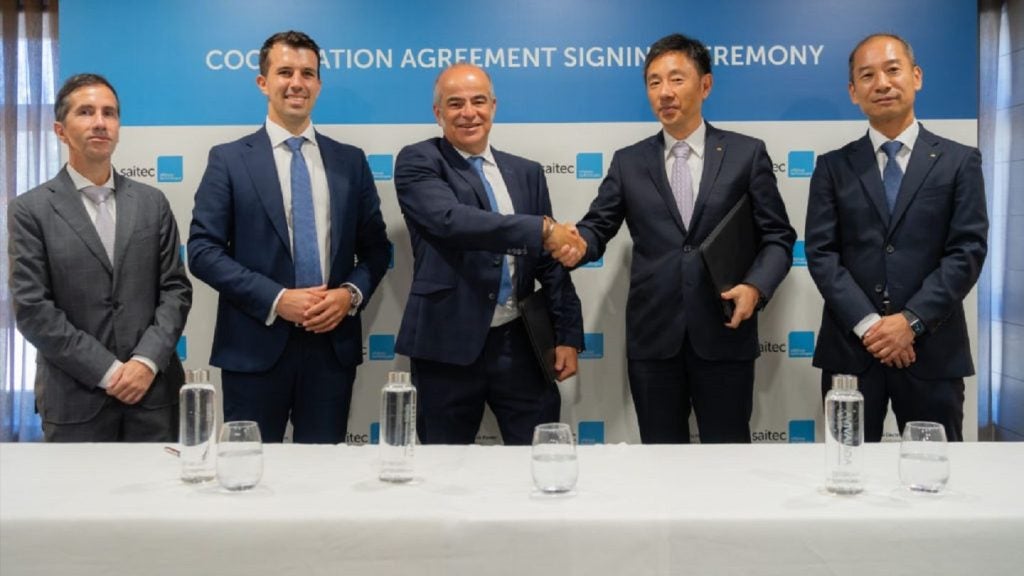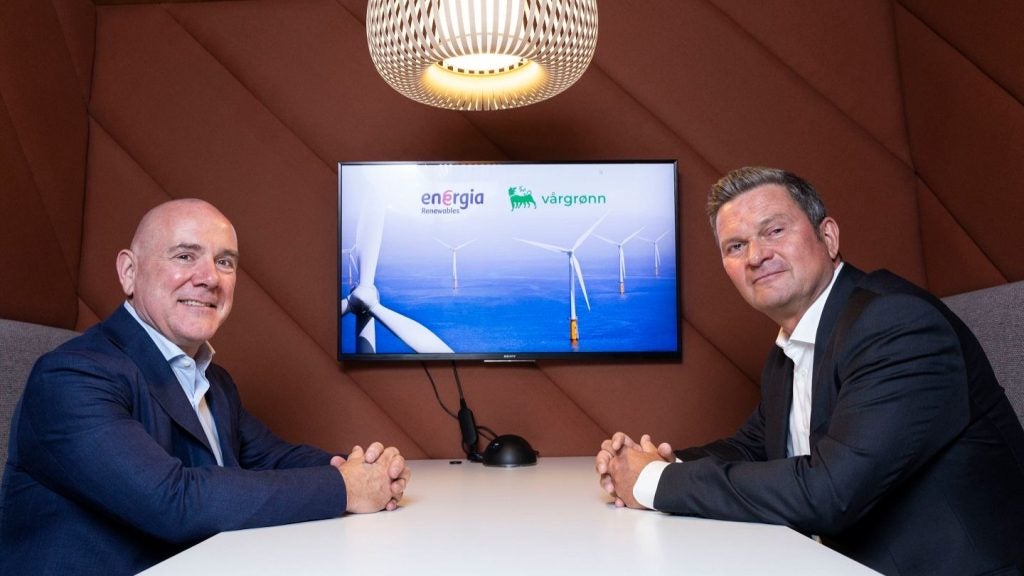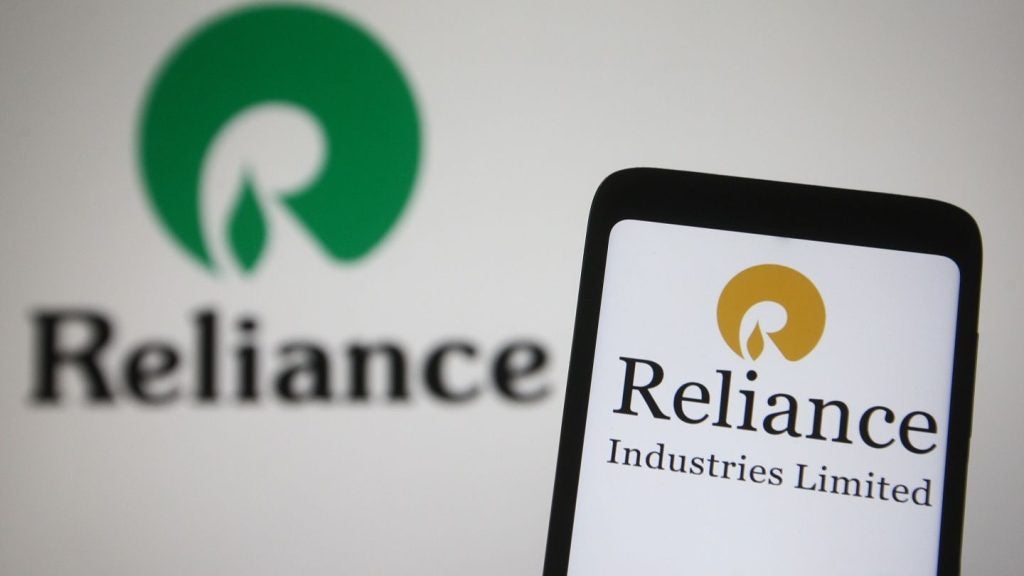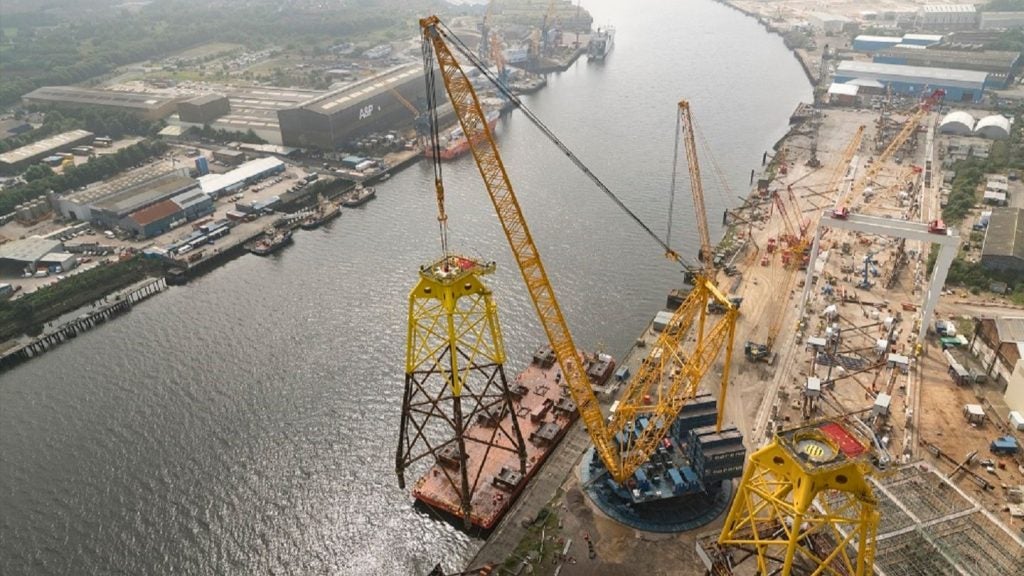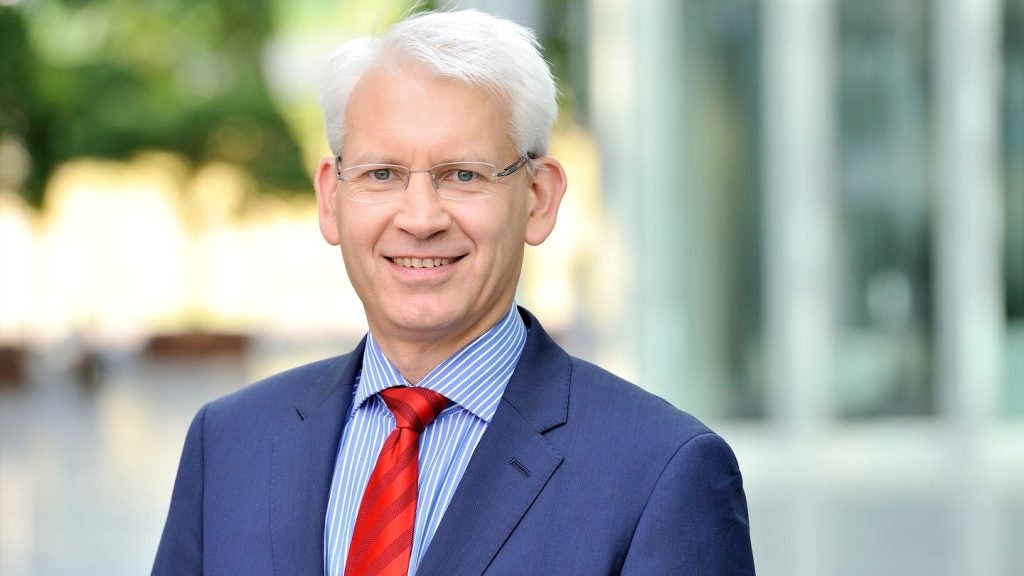Worldwide adoption of renewable energy, while a positive thing, immediately presents several issues around transmission and distribution. Renewable sources dictated by the weather cannot always produce energy on a consistent basis — as anyone who has tried to plan a picnic will tell you, the sun does not always shine. The solution is simple in theory, and yet often complex in reality: collect renewable energy during times of peak production and store it in large battery energy storage systems, where it can be distributed to consumers when demand requires it.
Governments and private companies across the globe are investing millions into research and implementation of battery energy storage systems to aid our clean energy future. But which countries have made the biggest strides in technology development? Which governments are providing the best incentives for battery energy storage investment? And which countries have the largest capacity for battery energy storage?
Financial incentives
The desire to boost global energy storage capacity goes hand-in-hand with the drive towards renewable tech. However, researching, developing, and installing battery energy storage systems can be an expensive prospect, disincentivising it for many private companies. One solution that many governments are exploring is financial incentives for those looking to push the field of battery energy storage forward, either in the form of cash grants, research funding, or tax breaks.
India’s government, for example, recently launched a scheme that will provide a total of Rs37.6 billion ($455.2m) in incentives to companies that set up battery energy storage systems. The country looks to have 500GW of renewable energy online by the year 2030, and boosting battery energy storage capacity is key to reaching this goal.
Elsewhere, in November 2022 the UK government awarded a total of £32m ($40.9m) in funding to five projects developing new technologies for energy storage in the second phase of its Longer Duration Energy Storage (LODES) competition.
When discussing financial incentives for green projects, one of the first that springs to mind for many is America’s Inflation Reduction Act (IRA), which was signed into law by the Biden administration in August 2022. Part of the Act offers tax incentives to companies creating electric vehicles and other green tech in the US, but less commonly discussed are the incentives around battery energy storage.
The Residential Clean Energy Credit Provides a tax credit for the purchase of residential clean energy equipment, including battery storage with capacity of at least 3kWh. Until 2032, homeowners and renters can receive 30% of the cost of installing battery energy storage at home as a tax credit. Businesses are also encouraged to research and develop battery energy storage systems under the Act, as the Investment Tax Credit for Energy Property provides a 6% tax credit for investment in renewable energy projects, including battery energy storage.
For those looking to bring renewable power to low income and indigenous communities, an additional 6% tax credit is available for small-scale solar and wind facilities, including associated energy storage technology, that are developed on traditional land or in low-income communities. Currently, it remains too early to tell how much of an impact the IRA has had on renewable investment in the US, but estimates suggest it could triple renewable output in the country. As such, the boost it could give to battery energy storage tech could be significant.
Technological advances
The aforementioned UK government funding for battery energy storage development was given to five research projects that could lead to major game-changers in the future of energy storage. Edinburgh-based StorTera received £5.02m ($6.4m) to build a prototype demonstrator of their new single liquid flow battery (SLIQ). These SLIQ batteries are described as low-cost and high-performance, with a minimum life of 20 years, and a system that does not require cooling. The system is also incredibly energy dense, and according to StorTera COO Brenda Park, “the SLIQ can replace existing lithium technology in many applications while providing a much longer lifetime, up to 30 years, with minimal degradation of efficiency”. The battery is also 100% recyclable at the end of its life.
Development for thermal energy storage systems in the UK is also heating up, with another Scottish company, Sunamp, and the University of Sheffield receiving government grants to develop and trial thermal energy storage systems in UK homes. However, the most unique energy storage concept currently being researched in the UK comes from EDF UK, in partnership with the University of Bristol, European consortium Urenco and the UK Atomic Energy Authority (UKAEA).
This group of companies and researchers are working together to develop a hydrogen storage system using depleted uranium from test fusion reactors at UKAEA’s Culham Science Centre. Electricity will be converted to hydrogen and then stored for later use, be it directly as hydrogen or converted back into electricity via a fuel cell. The project received £7.73m ($9.8m) in funding, and if successful could make a major difference to the future of energy storage.
Building capacity for future energy storage
Energy storage systems are one of the few areas where size truly does matter. Simply put, the more capacity one has, the more effective your system is. According to figures from Future Power Technology’s parent company GlobalData, China leads the way in the Asia-Pacific region, with 3,619MW of rated storage capacity in its operational battery energy storage projects.
In the Americas, the US is the leader, with 16,610MW of operational rated storage capacity, while the UK leads the way in Europe with 1,489MW of capacity. Nigeria’s battery storage capacity sits head and shoulders above its closest neighbours, with 20.6MW of storage capacity, although it is just beaten out by the French-ruled island of Réunion, which holds 20.7MW of storage capacity.
As we move towards a greener future, battery energy storage tech needs to scale up immensely to match our changing energy needs. It will take a global effort to meet these demands, and countries can learn from each other as we work together. The UK’s dedicated researchers advancing tech, America’s encouraging financial incentives, and China’s sheer battery capacity are all positive steps in the field that others can use as good examples for how we can drive the future of battery energy storage tech forward.


